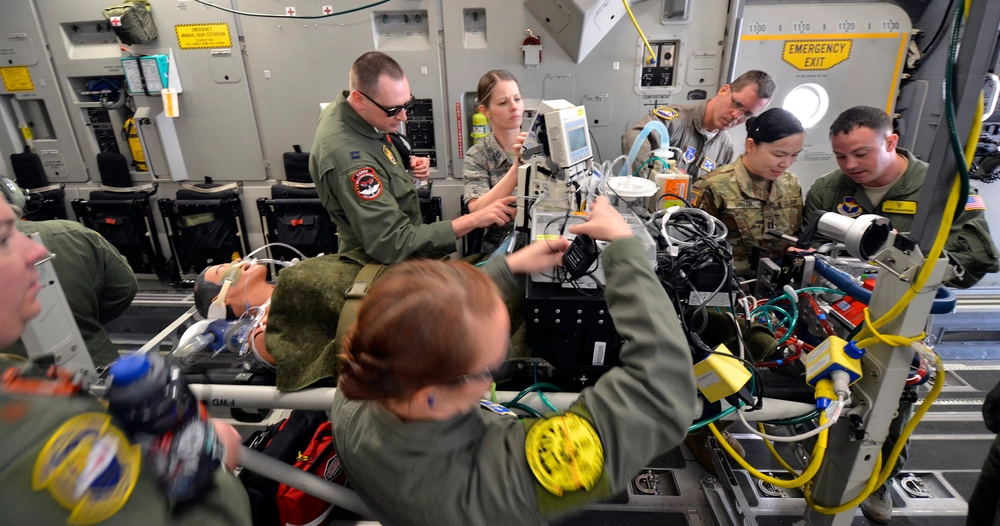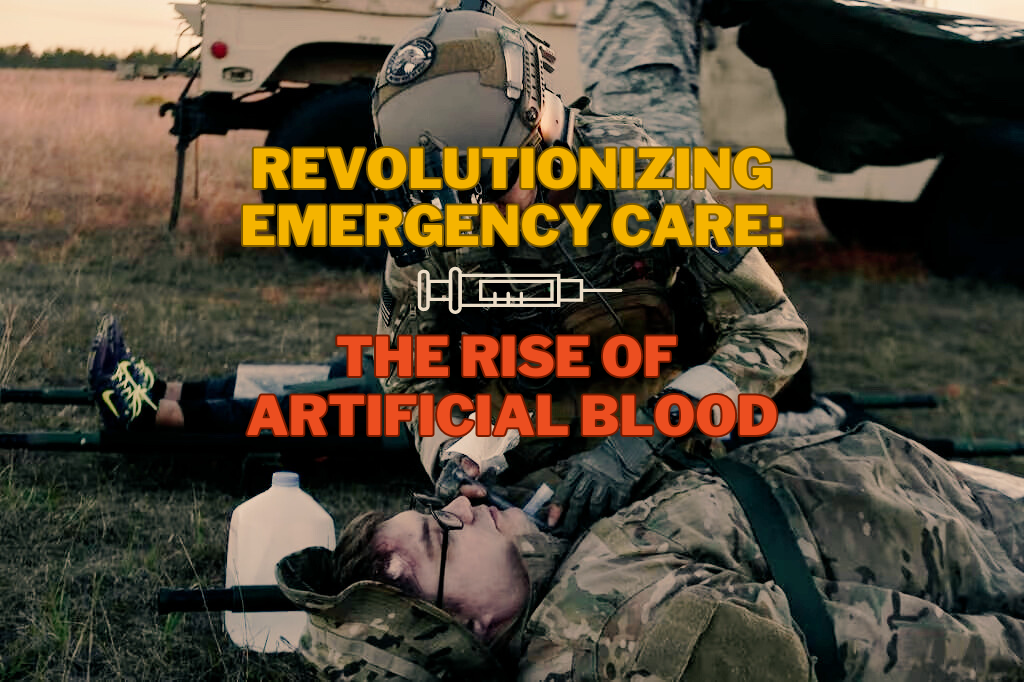Uncategorized
The New Artificial Blood Development Project
Blood Loss in Medical Emergencies: A Critical Issue
Blood loss, especially due to trauma, remains one of the leading causes of preventable deaths. Whether it’s a severe injury, a surgical procedure, or complications during childbirth, excessive blood loss can quickly lead to life-threatening situations. Blood carries vital oxygen, nutrients, and clotting factors necessary for the body’s proper functioning. When a substantial amount of blood is lost, essential organs, including the brain and heart, may not receive adequate oxygen, leading to organ failure and potentially fatal outcomes.
 In emergency situations, healthcare professionals face several challenges in securing a sufficient blood supply to meet the urgent needs of patients:
In emergency situations, healthcare professionals face several challenges in securing a sufficient blood supply to meet the urgent needs of patients:
- Limited Availability – The demand for blood can quickly surpass the available supply. Factors such as seasonal variations, unexpected disasters, or simultaneous multiple emergencies can strain blood banks and result in shortages. This scarcity can jeopardize the timely and necessary transfusions required to stabilize patients and save lives.
- Storage and Shelf Life – Blood products, such as red blood cells, platelets, and plasma, have specific storage requirements, including temperature control and expiration dates. Red blood cells, for instance, typically have a limited shelf life of around 42 days when refrigerated. This short expiration time necessitates constant monitoring and careful management to ensure the availability of fresh, viable blood products.
- Accessibility in Remote Areas – In remote or rural areas, where medical facilities are limited and distances are significant, accessing a nearby blood source can be time-consuming and logistically challenging. Patients located hours away from the nearest blood center may face delays in receiving the necessary blood transfusions, increasing the risk to their lives.
Given these challenges, developing an artificial blood supply that overcomes the limitations of traditional blood transfusions becomes crucial. The ability to freeze-dry and store artificial blood, along with its universal compatibility and longer shelf life, offers a potential solution that can revolutionize emergency medical care and improve patient outcomes in critical situations.
New Blood Research
The Federal Agency DARPA (Defense Advanced Research Projects Agency), is sponsoring a four-year, $45 million development program in partnership with biotech companies and universities. The goal is to tackle one of the biggest challenges in saving lives: blood loss, which is the most common preventable cause of death.
This project aims to develop an artificial blood supply that could revolutionize the field. The idea is to create an alternative supply that can be freeze-dried and easily transported, eliminating the need for strict temperature control and extending its shelf life.
The Significance of DARPA’s Involvement – Driving Innovation in Artificial Blood Research
DARPA’s involvement in the development of artificial blood represents a significant boost to the project’s potential for success. As an agency renowned for its expertise in cutting-edge research and technology development, DARPA brings unparalleled resources, experience, and a track record of driving innovation in diverse fields.
Expertise in Cutting-Edge Research
They have a long-standing reputation for pushing the boundaries of scientific and technological advancements. With a focus on high-risk, high-reward projects, they have consistently pursued groundbreaking research to address complex challenges. Their involvement in the artificial blood project signifies a deep understanding of the underlying science and technology required to develop a viable and efficient blood substitute.
DARPA also has a unique capability to bridge the gap between research and practical application. They possess the expertise to foster collaboration among academic institutions, biotech companies, and other stakeholders involved in the artificial blood project. Through their network and experience, DARPA can facilitate technology transfer and the integration of various research efforts, ensuring a coordinated approach towards achieving the project’s goals.
Accelerating Progress and Translational Impact
Their involvement in the artificial blood project is expected to expedite progress in research and development. By fostering collaboration, providing strategic guidance, and leveraging their expertise, DARPA can help streamline the development process, identify key areas for improvement, and promote the translation of promising findings into practical applications. Their support can significantly shorten the timeline to achieve a stable and safe artificial blood supply that can be deployed in emergency situations, potentially saving countless lives.
Key Players Involved
Leading the charge in this groundbreaking initiative are the University of Maryland and the University of Pittsburgh. They are optimistic about the potential impact, especially considering that there are areas in the United States where patients are located hours away from the nearest blood source. Progress in this area could significantly improve treatment options and save lives.
Imagine a future where drones can deliver bags of blood in battlefield situations. This artificial blood, stored at room temperature, may even be transfusable within 30 minutes. Moreover, it will utilize hemoglobin, making it universally compatible regardless of blood type. This breakthrough could benefit those with religious restrictions on accepting regular blood transfusions.
Mixed Reviews
As with any innovative concept, opinions are divided. While some are optimistic and excited about this new blood technology, others express concerns about its synthetic properties. However, as long as it doesn’t cause adverse health effects such as cancer or further injuries, most emergency responders would be willing to use it in the field.
This development in the field of blood supply holds tremendous promise. While we await further progress and results, let’s support these remarkable researchers who are pushing the boundaries of what’s possible in the world of medical science. Stay tuned for more updates on this exciting journey.
Enjoy reading this post? Check out our latest and greatest HERE
Want to read more about the possibilities of using drones on the battlefield? Click HERE
Want to check out how Aircraft Maintainer can get you ahead in the workforce? Click HERE

